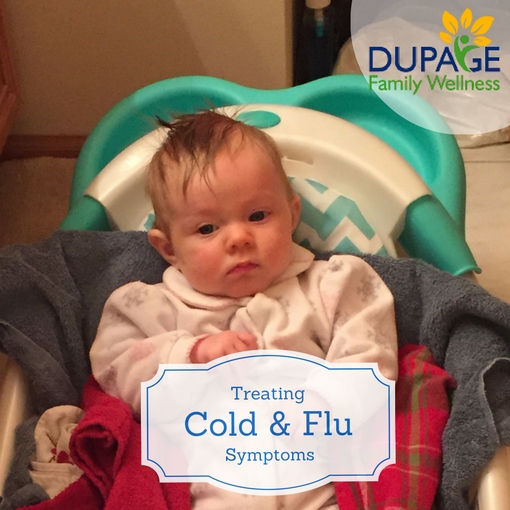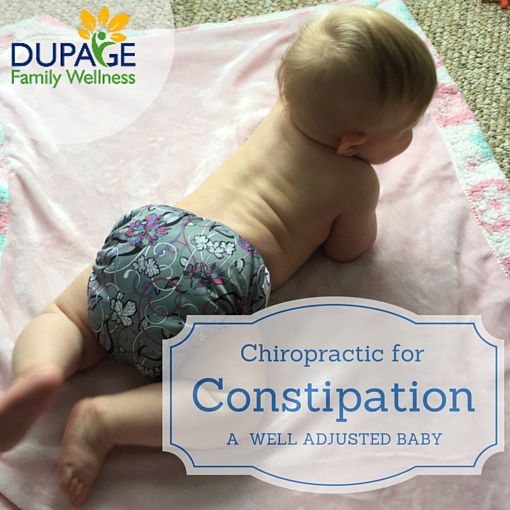 Most new parents take great joy in their baby’s accomplishments. Each new milestone is marked with joy and excitement - baby’s first smile, first words, first steps. While it’s great to celebrate these achievements, it is important to allow your baby to develop at their own pace without interference.
Most new parents take great joy in their baby’s accomplishments. Each new milestone is marked with joy and excitement - baby’s first smile, first words, first steps. While it’s great to celebrate these achievements, it is important to allow your baby to develop at their own pace without interference.
Often well-intentioned parents try to encourage their babies to reach these milestones before they are ready or put their babies in positions prematurely. This can interfere with the child’s natural development and is actually counterproductive to their learning. While some parents are competitive with their child’s development, most parents simply are not consciously aware of what they are doing.
Let’s take a look at a baby’s natural development and some of the ways we tend to undermine it!
Natural Development
Babies learn to move best by simply having the opportunity to move on their own. While they need plenty of time in mama’s lap (and daddy’s, grandma’s, grandpa’s, etc.), they also need plenty of time to explore movement in a safe environment on their own. You can still interact and be with them during these times, but they should have autonomy over their body.
According to Lindsay Mumma DC, “Children need to get a sense of how their bodies function in a gravity environment. This helps them coordinate and activate muscles in the proper sequence to initiate complex movements.” We can not do this for the baby, it simply takes time!
Babies will not learn how to do movements properly if we interfere in this process. Babies simply must learn these movements on their own to develop properly and learn to move in the most efficient manner.
Read more ...

“My temperature is 101! Where is my ibuprofen?”
Is this your first reaction to a fever? It might not be the best action to take.
Why Taking Medicine to Reduce a Fever Might Not Be the Best Approach
A fever is the body’s natural reaction to fight off an infection, like a cold or the flu. A fever is a symptom of an illness, but not an illness itself.
Many illness-causing germs thrive at or below the body's normal temperature. Two purposes of a fever are:
- A fever increases the body’s temperature beyond the limit that invading microbes need to reproduce.
- A fever kicks your immune system into high gear, increasing the number of white blood cells which help fight the actual illness.
For most adults, 102-103 degrees is the ideal temperature for the body to kill off these microbes. (source) Research shows that letting a fever run its course may reduce the length and severity of illnesses such as colds and flu.
Furthermore, conventional methods of reducing a fever can do more harm than good. Tylenol (acetaminophen), Advil and Motrin (ibuprofin) all have side effects (read a long list on the package) that includes liver damage in adults and children, especially when taken frequently. Medications are foreign substances, which the body has to metabolize and filter. This requires energy that the body could be using to fight the actual illness that led to the fever in the first place.
What About Other Cold and Flu Symptoms?
There are many ways that our bodies fight off illness caused by viruses and bacteria. Coughing, sneezing, nasal mucous, vomiting, and diarrhea are ways that your body gets rid of pathogens. Taking medications to suppress these symptoms can slow down our bodies natural processes healing itself.
Read more ...
 Most people think of a chiropractic adjustment as a treatment to relieve back pain. Did you know that infants can benefit from chiropractic care??
Most people think of a chiropractic adjustment as a treatment to relieve back pain. Did you know that infants can benefit from chiropractic care??
What are babies known for doing? Eating, sleeping, and pooping, right?
If my 6 month old goes a day without pooping, I know that it is time to check out her spine. This has happened 4 times in her life! Each time, I found that the top of her intergluteal cleft (more commonly known as the "butt crack") had veered to one side or the other. This tells me that her sacrum isn't quite balanced, which can impact her colon. The adjustment for this is a soft contact on a certain ligament at the base of the sacrum with Logan Basic Technique. It is a gentle procedure, with a powerful impact. I am 4/4 on helping her to have a bowel movement within an hour of this adjustment, and twice it happened within 5 minutes!
Chiropractic can also help with reflux, colicky babies, or babies that prefer to turn their heads one direction.
Think about the process of being born. Whether the baby comes out naturally, gets taken out with forceps or vacuum suction, or is a C-section, birth is a traumatic event for a tiny human. Since babies can't talk, crying is their only way to tell us that they are uncomfortable. If you have or know a baby that cries more than you'd expect, they might be feeling after effects from their birth. A simple adjustment might help!
Chiropractic is also important during later transitions like learning to walk, since the baby is constantly falling on their bum.
Want to learn more? Chat with us on Facebook, or shoot Dr. Thomure an email!
Dr. Jamie Thomure
 Most new parents take great joy in their baby’s accomplishments. Each new milestone is marked with joy and excitement - baby’s first smile, first words, first steps. While it’s great to celebrate these achievements, it is important to allow your baby to develop at their own pace without interference.
Most new parents take great joy in their baby’s accomplishments. Each new milestone is marked with joy and excitement - baby’s first smile, first words, first steps. While it’s great to celebrate these achievements, it is important to allow your baby to develop at their own pace without interference. 


 Most people think of a chiropractic adjustment as a treatment to relieve back pain. Did you know that infants can benefit from chiropractic care??
Most people think of a chiropractic adjustment as a treatment to relieve back pain. Did you know that infants can benefit from chiropractic care??